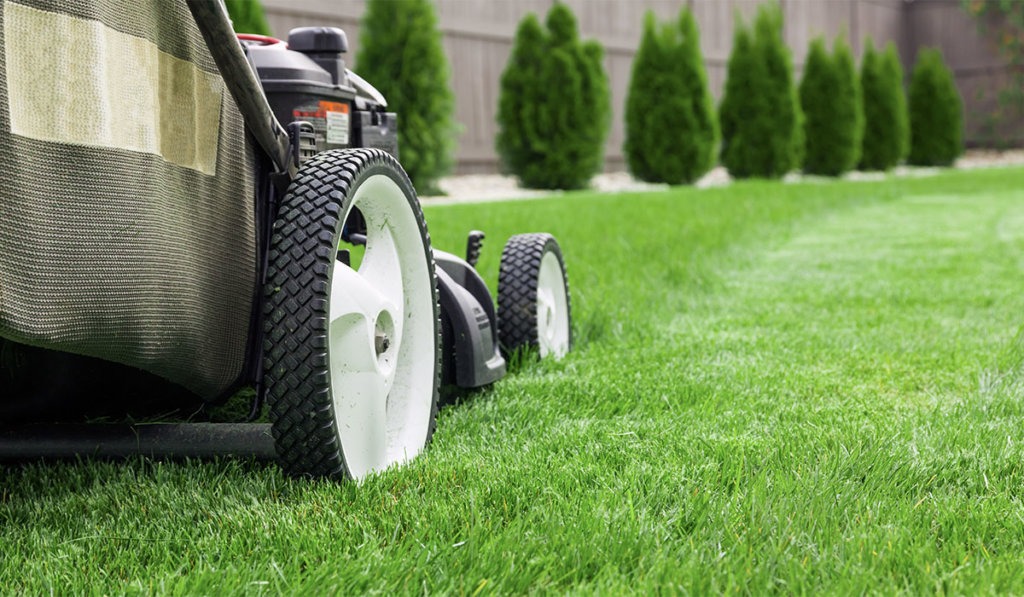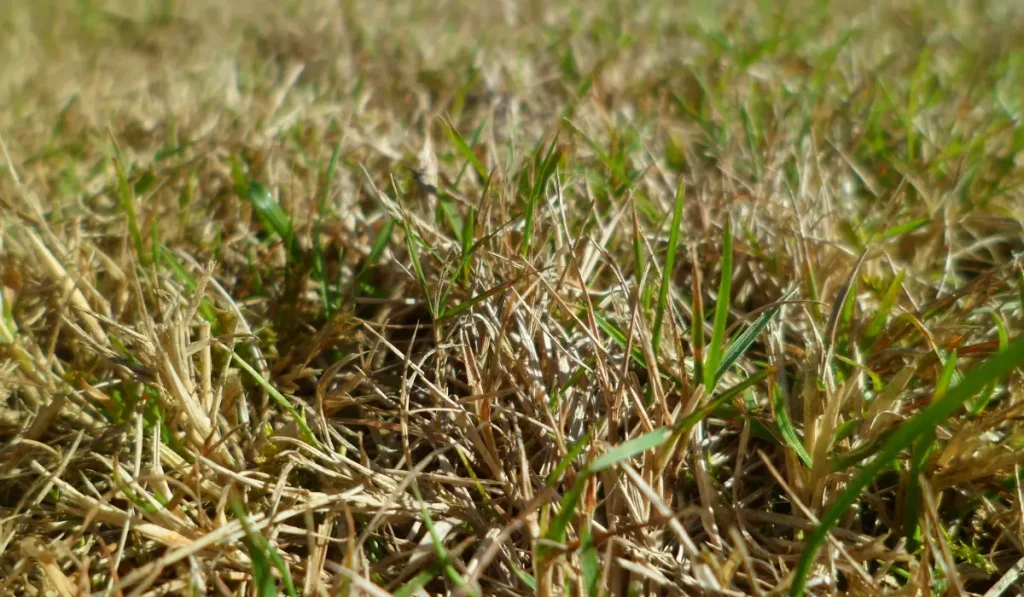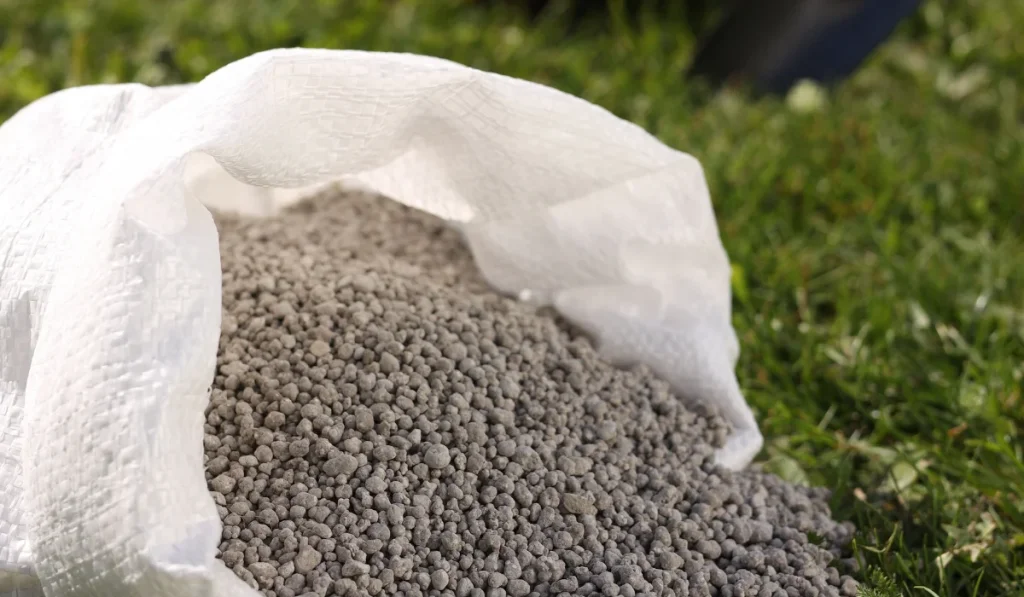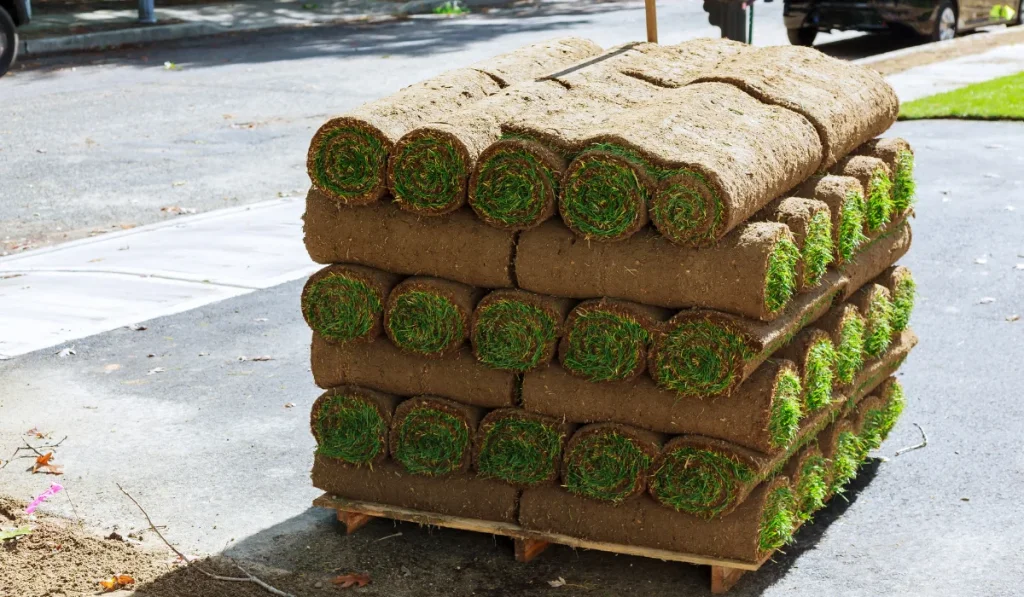A lush green lawn can transform the look and feel of your home. But achieving and maintaining a beautiful lawn requires a high level of care and attention. And with spring approaching and summer just around the corner, it’s time to consider the best ways to care for your lawn.
So this beginner’s guide to lawn care will help you understand your lawn, master spring and summer lawn care techniques, troubleshoot problems, and keep your lawn looking healthy and vibrant all year round.
Key Takeaways
- Identify your grass type and soil requirements to provide appropriate nutrients and care.
- Prepare your lawn for spring by removing debris and dead leaves, and then aerate the soil to promote new growth.
- Water your lawn deeply and infrequently during the summer to prevent stress, and adjust mowing and maintenance routines accordingly.
- Troubleshoot common lawn problems such as brown patches and weeds using safe and effective hand removal, fertilization, and organic pest control techniques.
Understanding Your Lawn
Types of Grass
Different types of grass are common in lawns. Some of the most popular include Bermuda, Zoysia, St. Augustine, Fescue, and Kentucky Bluegrass. Each type of grass has unique characteristics, and understanding which grass is in your lawn is essential to proper care.
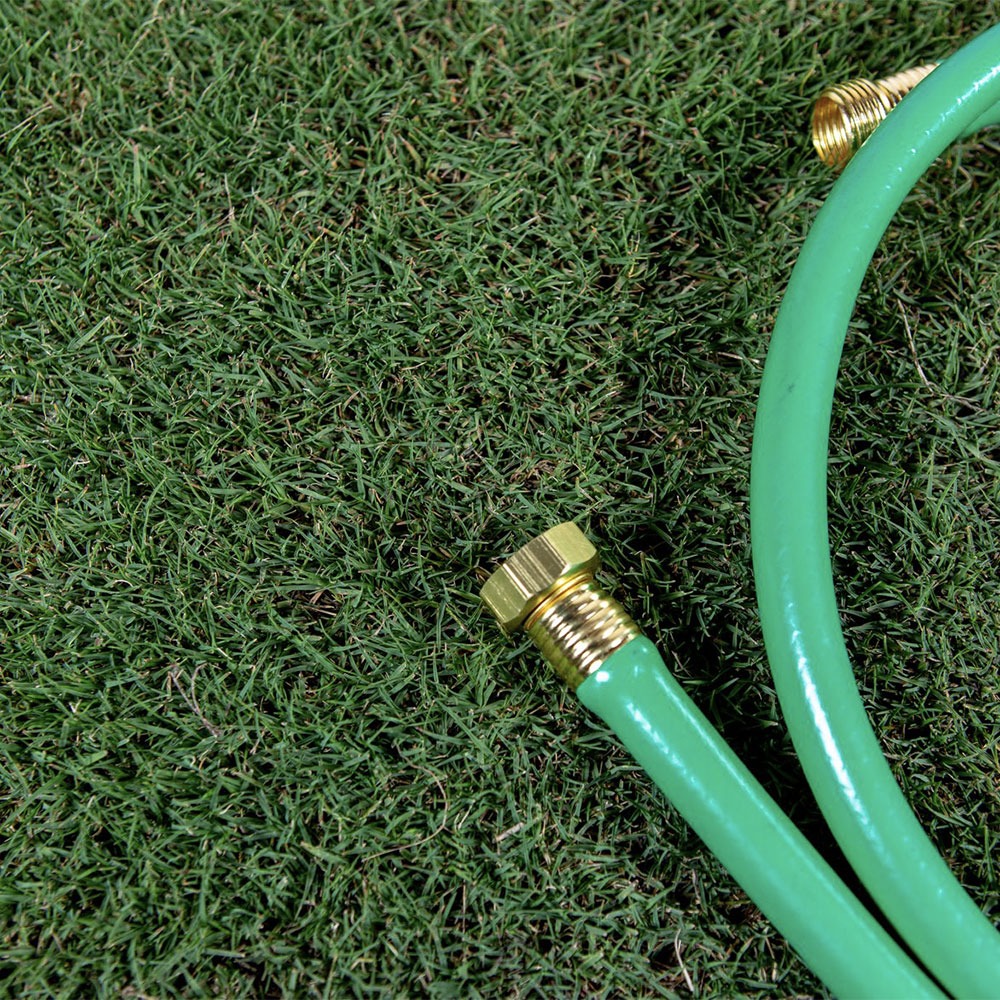
Bermuda grass
This warm-season grass thrives in full sun with good drainage. It is commonly used in southern lawns nationwide due to its tolerance to heat, drought, traffic, and salt. Bermuda grass is low maintenance but has high nutrient requirements that you must meet to ensure optimal growth and health.
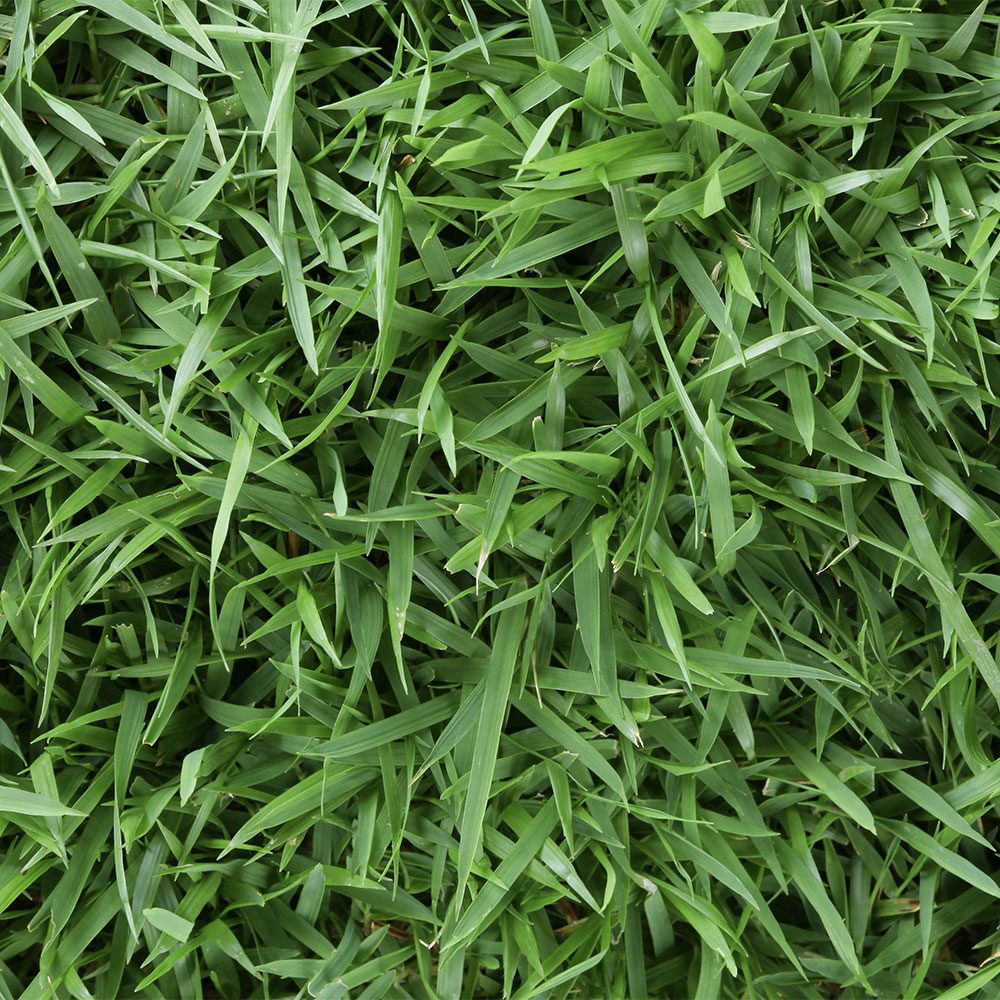
Zoysia grass
This is also a warm-season grass with improved cold tolerance suitable for southern and transition zones. It prefers the sun but can tolerate some light shade and is tolerant of heat and drought. Zoysiagrass has low water and maintenance requirements and is known for its dense, traffic-tolerant growth.
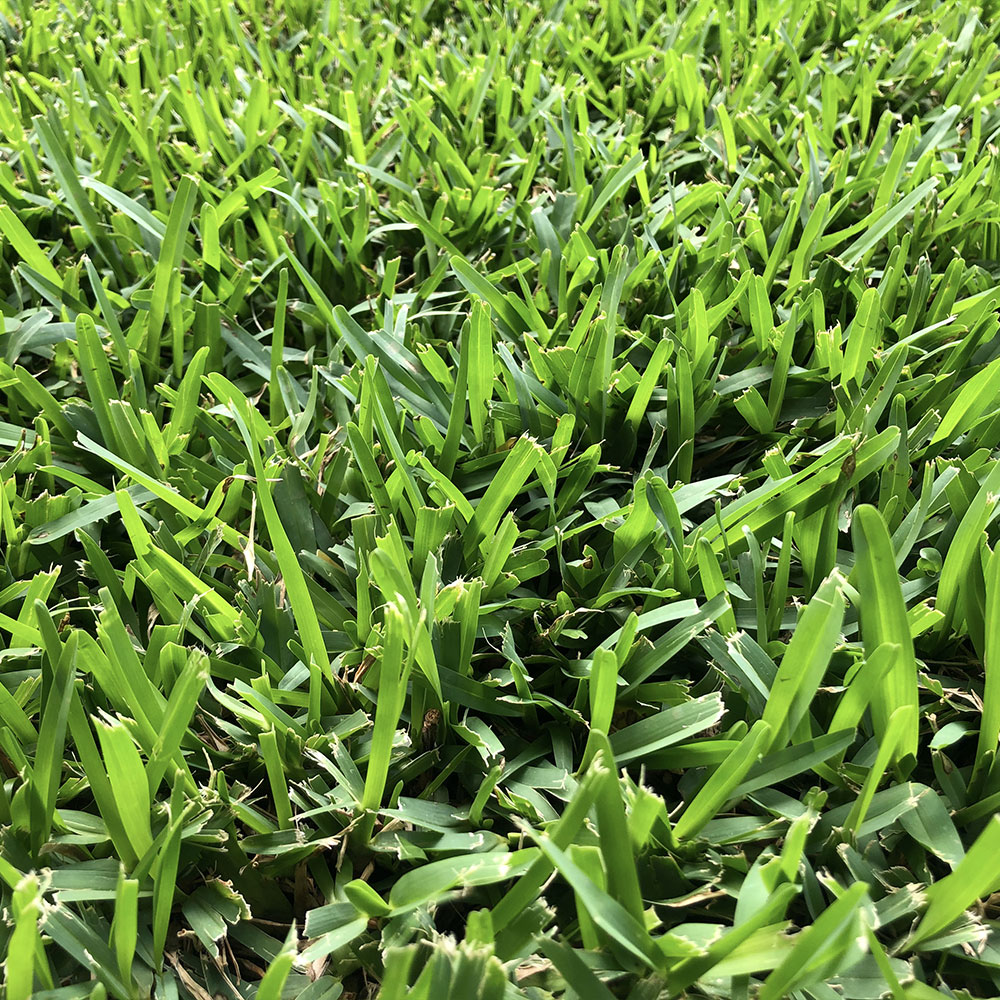
St. Augustine grass
St. Augustine grass is a popular warm-season lawn with broad, flat blades forming a dense layer. It is commonly cultivated in tropical and subtropical regions and is suitable for various soil types. It is a medium to high maintenance grass that is often used for pastures and ranches as well as for lawns.
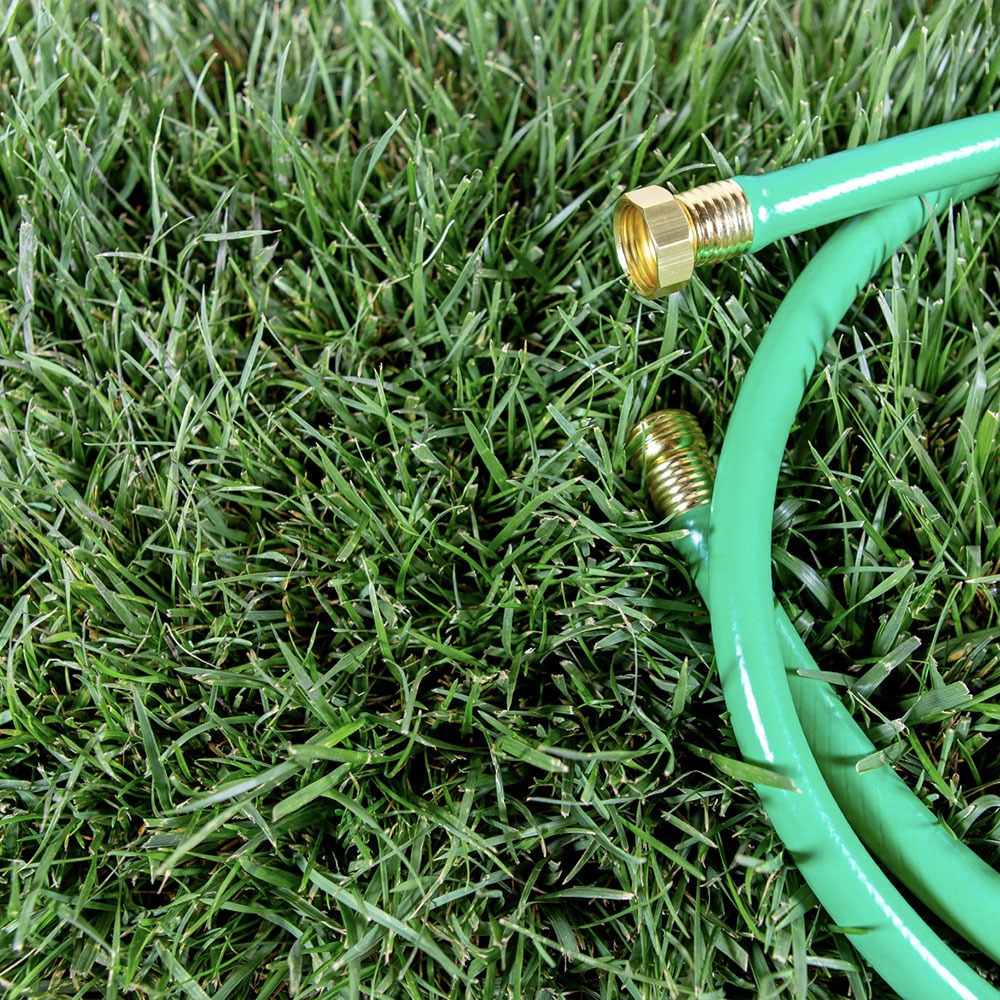
Fescue grass
Fescue is a cool-season grass with improved heat tolerance, making it suitable for northern and southern transition regions. This grass is disease-resistant and tolerant of heat, drought, and shade (but a minimum of 6 hours of daily sunlight is ideal). With a bunch-forming growth habit, it has a limited capacity for self-repair.
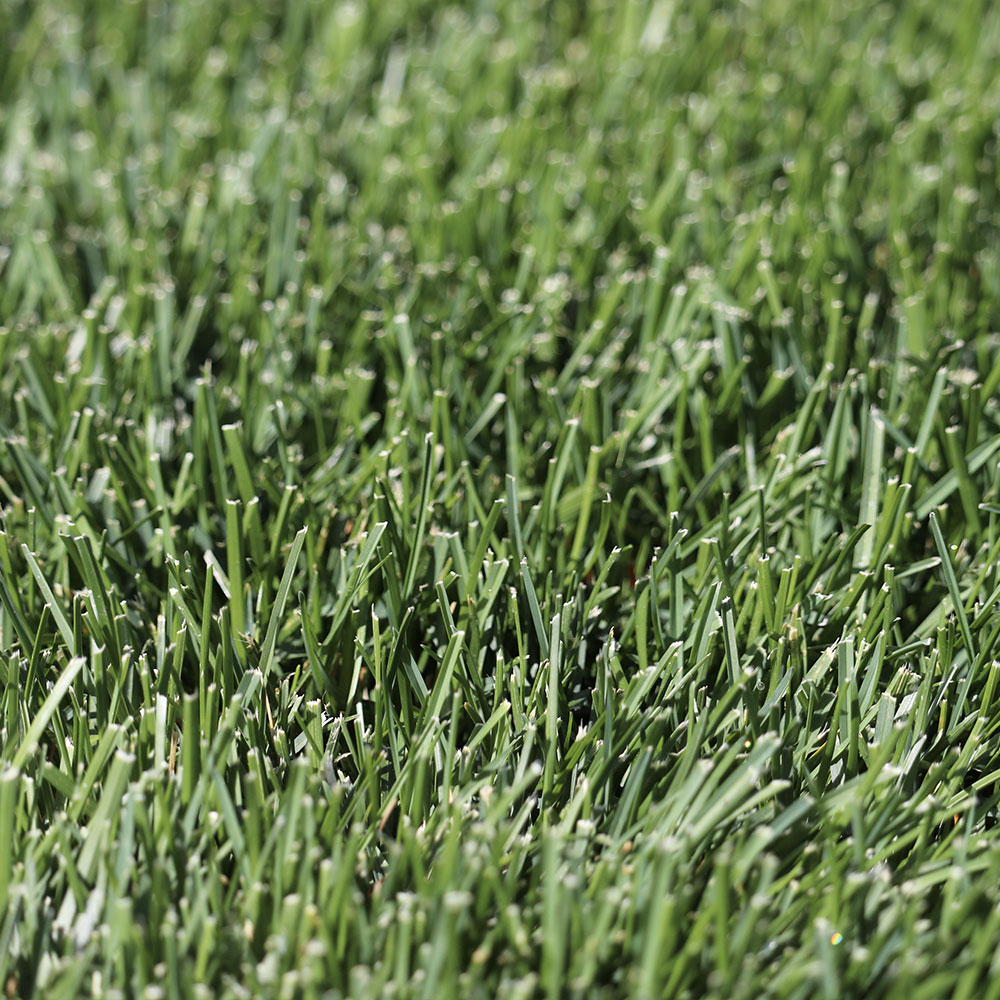
Kentucky Bluegrass
Kentucky Bluegrass is a cool-season lawn grass suitable for northern lawns throughout the country. It has excellent winter hardiness but may be susceptible to heat and drought, and it has limited shade tolerance. Kentucky Bluegrass has a remarkable capacity for self-repair, but some varieties may be vulnerable to stress damage.
Soil Types and pH Levels

Sandy soil drains quickly and can make it difficult for grassroots to establish.

Clay soil has high levels of nutrients and retains moisture well, but may require treatment for the nutrients to become accessible.

Loamy soil is a mixture of sand, silt, and clay soil. Because of its airflow and nutrient retention, it is ideal for growing grass.
The soil type in your lawn can impact how well your grass grows. And understanding the soil type and pH level is essential for proper lawn care. Let’s go over both.
First, different types of soil, such as sandy, clay, and loamy, have unique characteristics that can impact the growth of your grass. While sandy soil drains quickly, clay soil can retain water, causing drainage problems. However, loamy soil, a sand, silt, and clay mixture, is ideal for growing grass.
Similarly, the pH level of your soil plays a vital role in your lawn’s health. Most grass types thrive in soil with a pH of 6.0 to 7.0, allowing for adequate nutrient absorption. Testing your soil’s pH level can be done using a home soil testing kit or sending a sample to a local testing center. By understanding your soil type and pH level, you can provide the appropriate nutrients and care for your lawn.
Identifying Potential Problems
Understanding what potential problems could arise with your lawn is essential so that you can address them early on. Here are some common lawn problems to look out for.
- Pests: Common lawn pests include grubs, ants, and chinch bugs. Look out for signs of yellowing or wilting grass and small holes in the soil.
- Diseases: Lawn diseases like fungus and mold can cause brown patches or discoloration in your lawn. Look out for any signs of discoloration or thinning in your lawn.
- Nutrient Deficiencies: Your grass needs nutrients like nitrogen, phosphorus, and potassium to grow properly. Signs of nutrient deficiencies include yellowing or browning of the grass or stunted growth.
By taking the time to understand your lawn, you’ll be better equipped to address any issues and keep your grass looking healthy and vibrant.
Spring Lawn Care
After a long winter, your lawn needs some extra attention to help it recover and grow. Try these essential spring lawn care techniques to help you get started.
Preparing Your Lawn for Spring
Getting your lawn ready for spring is crucial for its health and appearance. To start, rake the yard to remove debris or dead leaves, allowing air and sunlight to reach the soil. Check for any bare or thin spots and reseed, if needed, to ensure an even and lush lawn throughout the growing season.
Aerating the lawn can help loosen compacted soil, allowing better water and nutrient absorption. You can do it by renting an aerator or hiring a professional.
Mowing and Watering Techniques
Maintaining proper mowing and watering practices is crucial for a healthy lawn. Set your mower blade to the highest setting to promote longer grass blades that help shade the soil and reduce water evaporation, leading to deeper root growth. Deeply and infrequently water your lawn, instead of shallow and frequently, to encourage deeper root growth and drought tolerance.
Consider installing a rain barrel or other rainwater harvesting system in areas with water restrictions to collect and reuse rainwater for watering your lawn.
Fertilizing and Weed Control
To keep your lawn healthy and weed-free, fertilizing and weed control are crucial. Here are the best ways to do this.
- Apply a slow-release fertilizer in early spring according to instructions for proper application rates and timing.
- Apply pre-emergent herbicide before weed seeds can sprout to prevent weed growth.
- Use compost or other organic materials for nourishment and natural weed control methods such as hand weeding or corn gluten meal for an organic approach to fertilizing and weed control.
Tips for Keeping Your Lawn Healthy in Spring

Apply a slow-release fertilizer in early spring.
Apply a pre-emergent herbicide before weeds can sprout.


Use compost or other organic material for nutrients.
Aerating and Overseeding
To improve your lawn’s health further, consider aerating the soil to loosen compacted areas and allow better nutrient and water absorption. This can also promote thicker and healthier grass growth. To fill in bare or thin spots, overseed your lawn with grass seed matching your grass type.
If you’re unsure which seed to use, consult a lawn care professional or your local cooperative extension service for recommendations.
Summer Lawn Care
Summer can be tough on your lawn, but with the proper care, it can thrive even in the hottest months. Check out these essential summer lawn care techniques to keep your lawn looking its best.
Mowing and Maintenance During Summer
Proper mowing and maintenance can help prevent stress on your lawn during the hot summer. Follow these tips to keep your lawn healthy during these warm months.
- Adjust your mower blade to the appropriate height for your grass type, and never cut more than one-third of the grass blade at a time. This will help prevent stress on your lawn during the hot summer months.
- Keep your mower blades sharp to prevent tearing or damaging the grass blades.
- If your grass grows quickly, consider mowing more frequently to prevent it from becoming too long and stressed.
Dealing with Summer Pests
Summer is prime time for pests such as grubs, chinch bugs, and armyworms to wreak havoc on your lawn. Let’s go over some ways to help you deal with these pests.
Start by regularly inspecting your lawn for signs of pest infestations, such as brown or dead patches of grass, wilted leaves, or small holes in the soil. If you notice any symptoms of pest infestation, consult a lawn care professional or your local cooperative extension service for recommendations on how to treat the problem. They can suggest the most effective and safe pest control methods appropriate for your grass type and local climate.
Of course, you can also take preventive measures, such as applying beneficial nematodes to your lawn, to combat grubs and other soil-dwelling pests. Maintaining a healthy lawn is also essential by following proper watering and mowing practices, as stressed or weakened grass is more vulnerable to pest infestations.
Managing Stress During Summer
Managing summer lawn stress is essential for health and appearance. High temperatures, drought, insect infestations, disease, and heavy foot traffic are everyday stressors your lawn may face. To manage these stressors, there are several steps you can take.
First, water your lawn deeply and infrequently to help it become more drought-tolerant. This can be done by watering your lawn once or twice a week, but make sure to give it a good soaking each time. Lawn resilience is crucial during hot summer months. And deep watering helps the grass roots grow deep while making them less susceptible to drought stress.
Secondly, provide shade for your lawn during the hottest parts of the day by planting trees or installing a shade sail or other shade structure. This helps reduce the amount of direct sunlight your lawn is exposed to, which can help reduce heat stress on the grass.
If you notice signs of disease or insect infestation, it is crucial to address the problem immediately to prevent it from spreading. Some common disease symptoms include yellow or brown spots on the grass, while signs of insect infestations can include leaf holes or other visible damage.
These steps can help manage stress on your lawn during the summer months and keep it healthy and looking its best. Adjust your lawn care routine to keep up with your lawn’s changing conditions and needs.
Troubleshooting Lawn Problems
No matter how well you take care of your lawn, problems can still arise. Here are some common lawn problems you may encounter and how to diagnose and treat them.
What’s Wrong With My Lawn?
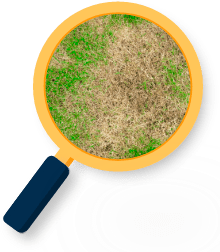
Look out for yellowing or wilting grass and small holes in the soil. This could indicate grubs, ants, chinch bugs, or other pests.
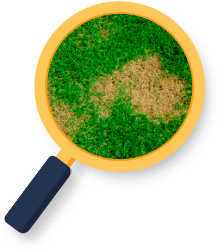
Look out for discoloration, such as brown patches, or thinning in your lawn. This could indicate a lawn disease, such as fungus or mold.
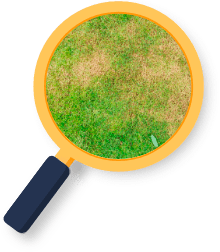
Look out for yellowing or browning of grass and/ or stunted growth. This could indicate a nutrient deficiency.
Common Lawn Problems and How to Diagnose Them
The most common lawn problems include brown patches, weeds, and bare patches. Inspecting your lawn and determining the underlying cause is essential to diagnose these issues.
Brown Patches
Brown patches may indicate overwatering, underwatering, fungal diseases, or insect infestations. Inspect the soil and roots in the affected area to identify the problem. You’ll see patches of grass that are brown as proof. Then, if needed, adjust your watering schedule and treat the issue as necessary based on the cause.
Weeds
Weeds can easily take over a lawn and may be caused by poor soil health, overwatering, underwatering, and mowing too short. To treat weeds, identify the type of weed and remove it by hand or with a weeding tool. Prevent future growth by improving soil health through regular fertilizing and aerating.
Bare patches
Bare patches may be caused by heavy foot traffic, overwatering, underwatering, or poor soil health. These are noticeable patches of dead grass with a whitish-yellow color. Most notably, the grass isn’t growing in these patches at all.
You can fix this by installing stepping stones to redirect foot traffic or improving soil health by fertilizing and aerating. It would be best if you also reseeded the affected area with grass seed suitable for your grass type.
Pesticides and Herbicides
Using pesticides and herbicides can be an effective way to address lawn problems such as pests and weeds. However, incorrect use of these chemicals can cause harm to yourself, others, and the environment.
For example, the overapplication of pesticides or herbicides can harm your lawn, the environment, and other plants and animals in the area. To avoid this, always follow the instructions on the label and use the recommended application rate.
Another common problem with pesticides and herbicides is off-target application. If you accidentally spray these chemicals onto other plants, you may also harm them. Avoid spraying on windy days, and always use a targeted application method.
Overuse of pesticides and herbicides can also lead to resistance in pests and weeds, making these chemicals less effective over time. Prevent resistance by only using chemicals when necessary and consider rotating between different products.
Furthermore, it would help if you also considered the environmental impact of pesticides and herbicides. These chemicals can harm beneficial insects, birds, and other animals. To minimize the environmental impact, consider using organic pest control methods, such as hand weeding or hiring a professional to apply the chemicals safely and correctly.
Organic Lawn Care Problems
While organic lawn care methods are generally safe and environmentally friendly, they can present some unique challenges. Here are some common organic lawn care problems you may encounter and how to deal with them.
- Fungal diseases: Organic lawn care methods can sometimes promote the growth of fungi, which can cause unsightly brown patches and other damage. To prevent fungal diseases, ensure your lawn is well-drained and not overwatered. You can also use organic fungicides, such as neem oil or copper sulfate, to treat and prevent fungal growth.
- Nutrient deficiencies: Organic fertilizers release nutrients slowly over time, which can lead to nutrient deficiencies if not appropriately applied. Make sure to use organic fertilizers according to the recommended schedule and amounts. Consider supplementing with other organic sources of nutrients, such as compost or fish emulsion.
- Insect pests: Organic lawns are still vulnerable to insects like grubs and chinch bugs. To prevent infestations, ensure your lawn is healthy and well-maintained, and avoid over-fertilizing, which can attract pests. You can also use organic pest control methods, such as insecticidal soap or beneficial nematodes, to treat and prevent pest problems.
Related: Month-to-Month Calendar for Lawn Care in California
